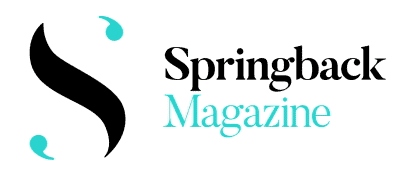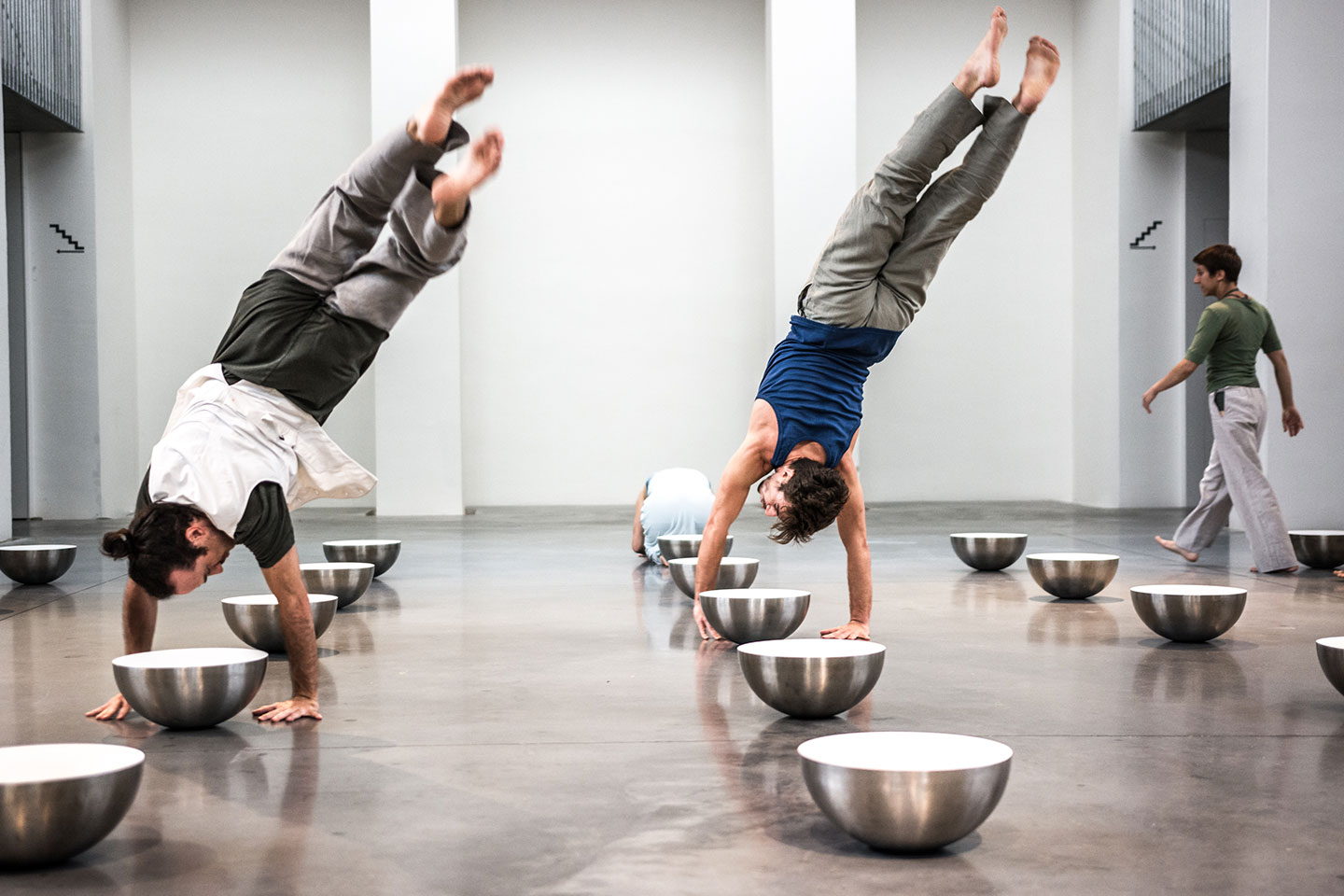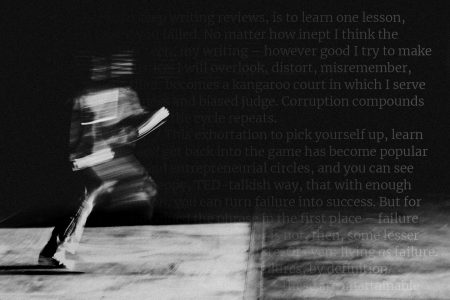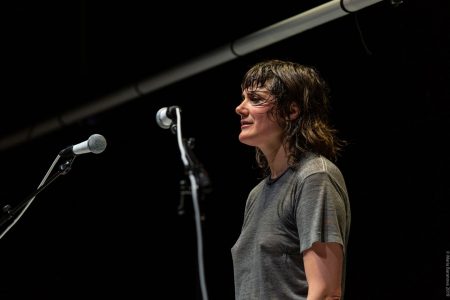The global Covid crisis has forced the art sector to reset and re-think: many large institutions specialized in international exchange have suddenly been compelled to ‘go local’, gearing towards community engagement and sustainable modes of travel. Regional festivals on the other hand, have been working in such conditions for years. Challenged by economic precarity and lack of institutional support, artistic directors like Ingrid Türk-Chlapek from Pelzverkehr Festival have become specialised in sustainable practices and audience outreach.
Founded in 2016, Pelzverkehr is based in the town of Klagenfurt, in the Carinthia region of Austria. For some, the idea of curating a dance festival in the middle of the Austrian countryside might seem ill-fated, but for Türk-Chlapek ‘this geographical position is a treasure’. At the crossroads of the burgeoning Ljubljana dance scene in Slovenia and a growing contemporary dance field in Italy, Klagenfurt blossoms once a year into an oasis for dance and performance, with artists from Carinthia as well as guests from across the Alps-Adriatic region. This focus on local artists and audience has certainly been influenced by financial limitations, but also by a deep desire to tap into the vibrancy of the region. ‘I always knew that we didn’t have enough money to invite people from all over the world but I also didn’t want to. Of course it is a big plus that it’s good for the environment, now more than ever, but I always wanted to do it like this. Because the region is rich!’









